“Your Wellness Plan
is as individual as you”
There’s no one rule fits all when it comes to creating a Wellness Plan. A plan must consider your personal needs,goals as well as your current situation. Start by identifying your Wellness Goals which should revolve around both your physical mental and spiritual health.
You should aim to have at least two goals for each of the following areas:
- physical goals (e.g. weight, fitness, reduced stress level, general good health, etc.)
- mental health goals (resolving issues currently preventing you from achieving wellness)
- spiritual goals (metaphysics and not necessarily religion)
For each goal, list 5 different actions that if you implemented you help you towards achieving each goal, these are your key actions. Use this list of 30 key actions to develop your wellness plan which should be broken into 5 sections:
- Daily Wellness Plan: what are you going to do each day to work the plan? Include food, exercise, rest and relaxation e.g. my plan includes eating well balanced meals, using vitamin and herbal supplements, walking at least 60 minutes a day, meditating each morning and ensuring I get enough sleep.
- Weekly Wellness Plan: the things you do only once or twice a week (not daily) e.g. resistance training sessions, yoga , a weekly chat/debriefing session or indulging in your favourite hobby.
- Monthly Wellness Plan: natural therapies, treatments, anything to reduce stress and improve vitality e.g. my plan includes a fortnightly massage, monthly acupuncture, a day spa treatment, and supporting a charity.
- Quarterly Wellness Plan: Spring, Summer, Autumn and Winter all have their seasonal differences. In summer it may be OK to exercise outside, but during the rainy winter months you’ll need to consider indoor activities. If you’re eating fresh and organic then you’ll also need to consider what fruit and vegetables are available at different times of the year.
- Annual Wellness Plan: annual check ups and tests are a good way to track your progress.
Personalize your plan and ensure you have left room for creativity and flexibility. There’s nothing worse than creating something so ideal that you’ll never stick to it!
Begin your plan immediately. Review your plan daily for the first 2 weeks, then weekly for the next 6 weeks before then moving to monthly. Build your reviews into your plan. This repetition will ensure you plan is actioned and becomes a habit which will lead to discovery and to success.
Finally, don’t forget to track your progress – a health journal is a great tool for tracking and measuring your results.
Why not get started on your plan now and check out Get Your Body Right or Get Your Mind Right now.

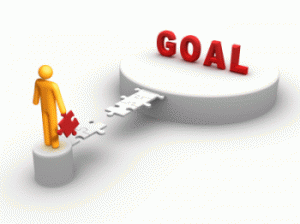 *Stephen Covey’s second habit in “The 7 Habits of Highly Effective People” is “Begin with the end in mind”. But what does this mean?
*Stephen Covey’s second habit in “The 7 Habits of Highly Effective People” is “Begin with the end in mind”. But what does this mean? Winston Churchill said “He who fails to plan is planning to fail“. Do nothing, change nothing and failure is a swift friend. Say “I can’t do it” or words to the like, and you stat to believe them (even if you’re hoping to the contrary) and guess what? It’ll come true. You have unwittedly programmed your subconscious to fail, and hey presto, like magic, it happens.
Winston Churchill said “He who fails to plan is planning to fail“. Do nothing, change nothing and failure is a swift friend. Say “I can’t do it” or words to the like, and you stat to believe them (even if you’re hoping to the contrary) and guess what? It’ll come true. You have unwittedly programmed your subconscious to fail, and hey presto, like magic, it happens. Sticking to your lifestyle plan is not always easy. Temptation (sugar, fat, salt, carbohydrates) comes in multiple forms and is often hidden in our foods.
Sticking to your lifestyle plan is not always easy. Temptation (sugar, fat, salt, carbohydrates) comes in multiple forms and is often hidden in our foods.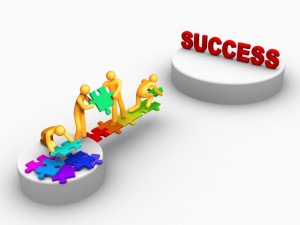 Whilst you may have success on your own, your journey to wellbeing is certainly sure to be easier to achieve if you mastermind with a team instead of trying to fly solo.
Whilst you may have success on your own, your journey to wellbeing is certainly sure to be easier to achieve if you mastermind with a team instead of trying to fly solo.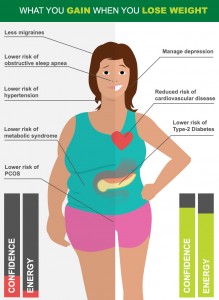
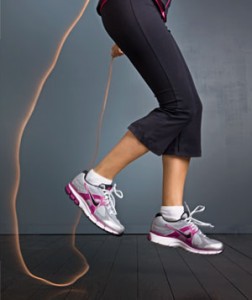 Exercise:
Exercise: Water:
Water:
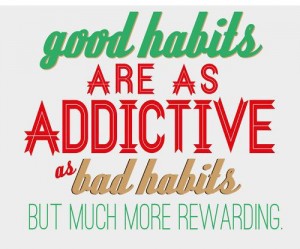 According to dictionary.com a habit is “an acquired behavior pattern regularly followed until it has become almost involuntary”.
According to dictionary.com a habit is “an acquired behavior pattern regularly followed until it has become almost involuntary”. Is your weight weighing you down and preventing you from spending valuable time with your family? Would you love to be more active and involved with your kids on a physical level but can’t keep up? Do you want to get more out of life but are just too darn tied at the end of the day?
Is your weight weighing you down and preventing you from spending valuable time with your family? Would you love to be more active and involved with your kids on a physical level but can’t keep up? Do you want to get more out of life but are just too darn tied at the end of the day?